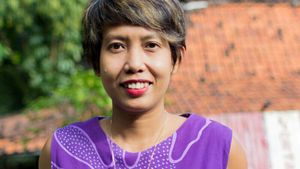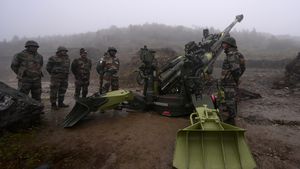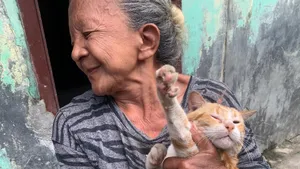Coffee Adventure
Robusta, the Forgotten Savior
Amidst the struggle to develop coffee, the fate of the Robusta is like a stepchild and is considered less special and second to the Arabica. In fact, in the map of the Nusantara (archipelago) coffee industry, Robusta is actually the backbone.
/https%3A%2F%2Fkompas.id%2Fwp-content%2Fuploads%2F2018%2F05%2F20180522_ENGLISH-KOPI_A_web-1.jpg)
A coffee farmer of Talang Mekenang village in Pajar Bulan district, Lahat regency, South Sumatra, rakes coffee berries on Saturday (12/5/2018). Most of the region’s coffee farmers are indiscriminately harvesting coffee, leading to fears that the quality of South Sumatra coffee will be affected. In fact, South Sumatra has a great potential for coffee because it has the largest acreage of coffee plantations and the largest coffee production in the country.
The leaf disease that killed many Arabica coffee trees in the early 20th century opened the way for the Robusta variety to enter the archipelago. The origins of the Robusta’s history in Indonesia lay in the 150 coffee beans purchased in 1900 from Belgium. The Robusta beans made landfall at Surabaya’s Tanjung Perak Port. Its early days were vibrant, but decades later, the story of the Robusta faded. The “savior” variety even bore the stigma as a second-grade coffee after the Arabica.
Amidst the struggle to develop coffee, the fate of the Robusta is like a stepchild and is considered less special and second to the Arabica. In fact, in the map of the Nusantara (archipelago) coffee industry, Robusta is actually the backbone.
Versi cetak artikel ini terbit di harian Kompas edisi di halaman 24 dengan judul "Penyelamat yang Terabaikan".
Baca Epaper Kompas



